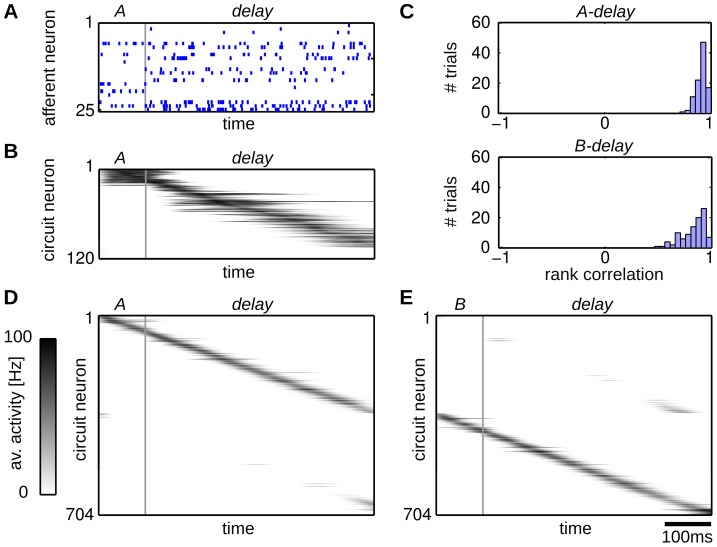Figure 5. Neural trajectories emerge for stationary input patterns.
(A) A network was trained with an extended delay phase of 500 ms. Input spike trains of a single run for sequence A-delay (25 out of 100 afferent neurons). Throughout the delay phase the afferent neurons fire with fixed stationary Poisson rates. (B) The output behavior for sequence A-delay averaged over 100 trial runs. The circuit neurons are sorted according to their mean firing time within the sequences (120 out of 704 neurons are shown). (C) Histograms of the rank order correlation between the evoked and spontaneous network activity. The sequential order of neural firing is preserved during spontaneous activity. (D,E) Homeostatic plasticity enhances the formation of this sequential structure. The output behavior of the network trained with STDP and the homeostatic plasticity mechanism is shown. Approximately 50% of the neurons encode each of the two sequence. The neurons learn to fire at a specific point in time within the delay patterns, building up stable trajectories.

